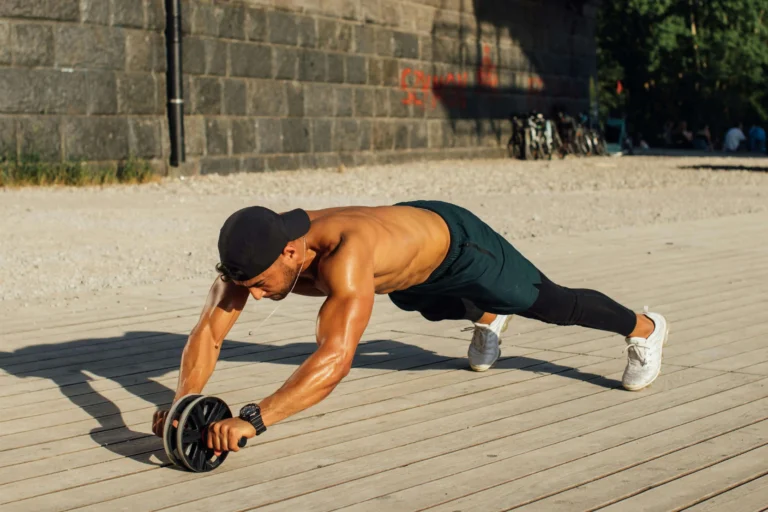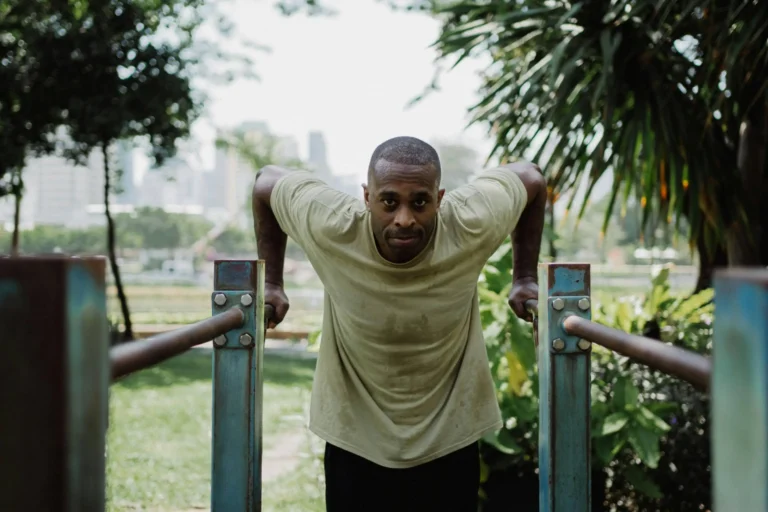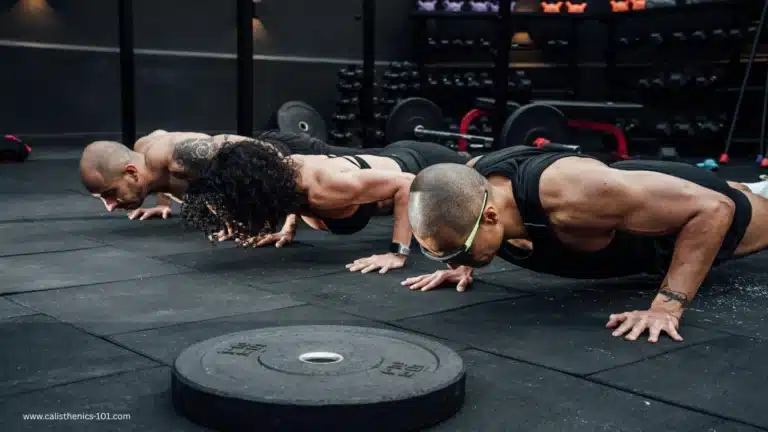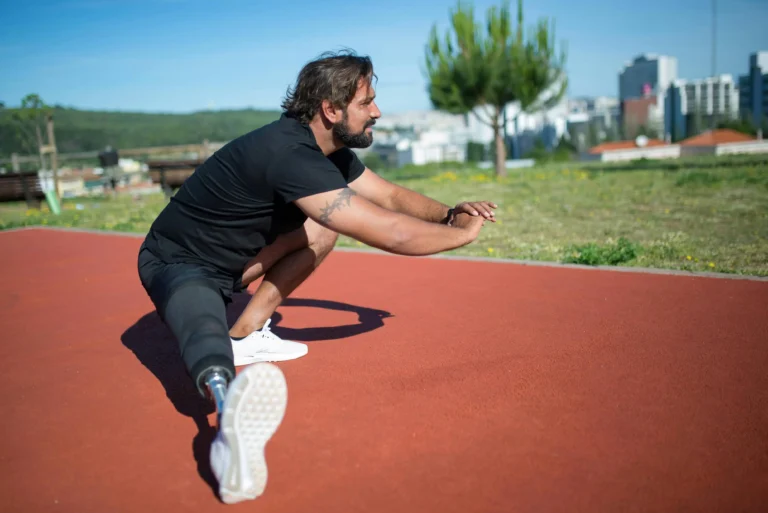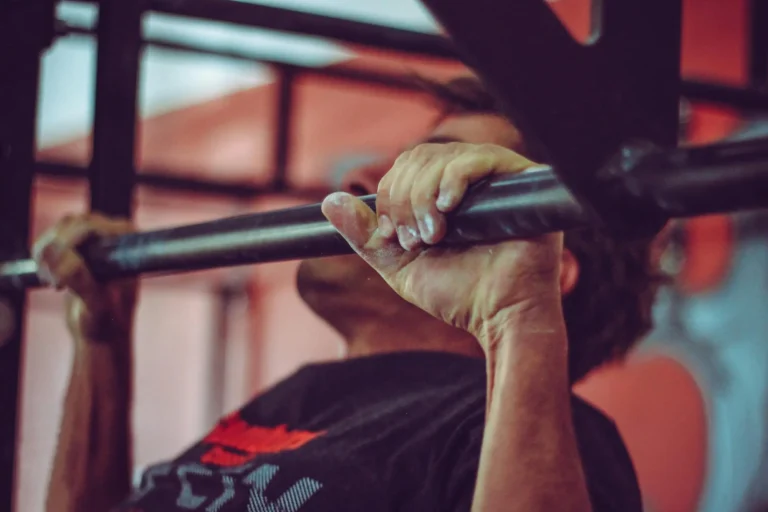Leg Training Calisthenics: 9 Powerful Mistakes Killing Your Gains
Are You Sabotaging Your Calisthenics Progress Without Knowing It?
You show up, stay disciplined, and push through every rep. But still, something feels off. Your legs aren’t developing the way they should. You’re stuck wondering why the progress you work so hard for just won’t show up.
If that sounds like your story, you’re not alone. In leg training calisthenics, effort alone doesn’t bring results. It’s about precision. And if your form is off, your progress stalls, injuries creep in, and confidence dips. This article breaks down the nine most essential leg training calisthenics moves you might be doing wrong — and more importantly, how to fix them.
Why Leg Training in Calisthenics Matters More Than You Think
Building a Balanced Body
Leg training in calisthenics is often overlooked in favor of flashy upper body moves. But your legs form the base of all movement. When your lower body is weak or neglected, you create imbalance, risk injury, and limit your athletic growth.
Strong legs power your jumps, stabilize your core, and support dynamic movements like muscle-ups or handstands. Training them correctly unlocks whole-body potential.
Performance Benefits Across All Calisthenics Skills
Your lower body provides the foundation for advanced calisthenics. Whether it’s explosive jumps or static holds, everything is more stable when your legs are conditioned. Studies confirm that targeted bodyweight leg exercises significantly boost mobility, balance, and coordination.
9 Essential Leg Training Moves You’re Probably Doing Wrong
Let’s break down the nine most critical leg training calisthenics exercises, the common mistakes you might be making, and how to correct them.
1. Pistol Squats
Mistakes:
- You round your lower back
- You collapse into the bottom position
Fix It:
- Keep your chest lifted, core tight
- Use a support (like a wall or TRX band) to focus on form over depth
- Control the descent, avoid bouncing
2. Jump Squats
Mistakes:
- You land with straight knees
- Your knees cave inward
Fix It:
- Land softly on the balls of your feet
- Keep your knees tracking your toes throughout
- Add a pause at the bottom to reset form
3. Step-Ups
Mistakes:
- You push off the back foot
- You lean too far forward
Fix It:
- Focus on the leg that’s stepping up, drive through the heel
- Keep your upper body upright
- Use a mirror to watch your alignment
4. Glute Bridges
Mistakes:
- You don’t fully extend your hips
- Your lower back takes over the movement
Fix It:
- Engage your glutes intentionally before lifting
- Pause at the top for 2 seconds to reinforce muscle activation
- Use resistance bands for added tension
5. Bulgarian Split Squats
Mistakes:
- You struggle with balance and rush through reps
- Your front knee drifts inward
Fix It:
- Perform the move next to a wall for stability
- Focus on slow, controlled reps
- Keep your front foot aligned with your hip
6. Wall Sits
Mistakes:
- You rest your hands on your knees
- Your thighs are not parallel to the ground
Fix It:
- Place hands on your sides or crossed in front
- Adjust your position so knees form a 90-degree angle
- Push feet into the floor to activate quads
7. Calf Raises
Mistakes:
- You bounce through reps
- You skip the full range of motion
Fix It:
- Lift slowly, pause at the top and bottom
- Use stairs for a deeper stretch
- Do them barefoot for better foot activation
8. Shrimp Squats
Mistakes:
- You lose balance easily
- Your knee crashes to the floor
Fix It:
- Use a counterweight to stay upright
- Start from a box or platform to reduce range
- Progress gradually to full depth
9. Nordic Hamstring Curls
Mistakes:
- You drop too fast
- Your hips sag during the descent
Fix It:
- Brace your core and glutes before starting
- Use a band or resistance to assist
- Focus on control over full range
How to Reprogram Your Leg Day Calisthenics for Better Results
Structure Your Training
To maximize the benefits of leg training calisthenics:
- Start with compound moves like pistol squats and Bulgarian split squats
- Follow with isolation drills like calf raises and glute bridges
- End with static holds like wall sits or Nordic curls for endurance
Progressive Overload Without Weights
You don’t need a gym to progress:
- Increase reps each week
- Slow down the tempo (3 seconds down, 2 seconds up)
- Reduce rest periods to increase intensity
Sample Weekly Leg Training Routine
| Day | Workout |
|---|---|
| Monday | Pistol Squats, Step-Ups, Wall Sits |
| Wednesday | Bulgarian Split Squats, Glute Bridges, Calf Raises |
| Friday | Jump Squats, Shrimp Squats, Nordic Curls |
Repeat this routine every week and adjust the volume as you improve. Consistency is key.
Quick Fix Checklist: Are You Guilty of These Mistakes?
Use this checklist to self-correct your leg training calisthenics sessions:
If you checked any of these, you have room to grow. And that’s a good thing.
Frequently Asked Questions About Leg Training Calisthenics
Is leg training necessary in calisthenics if I focus on upper body?
Absolutely. Your legs provide the foundation for nearly every full-body movement. Strong legs lead to better posture, improved balance, and higher overall performance.
Can I build muscle in my legs using just calisthenics?
Yes. With high volume, proper form, and progression, leg training calisthenics can develop lean, strong, and well-defined legs.
How many times a week should I train legs with bodyweight exercises?
Aim for 2–3 sessions weekly to see consistent improvement without overtraining.
I get knee pain during squats. What should I do?
Check your form first. Make sure knees track your toes, and strengthen the muscles around your knees with glute and hamstring work.
Conclusion – Master Your Moves, Master Your Gains
You work hard. Now it’s time to work smart. In leg training calisthenics, details matter more than reps. When you slow down, focus on form, and correct these common mistakes, you start seeing real change.
Don’t just train harder. Train better.
Call to Action:
Start your next leg workout by revisiting the basics. Focus on quality. Use this guide as a reference. And if you found this helpful, share it with someone who’s struggling with their own calisthenics progress. Let’s get stronger together.


